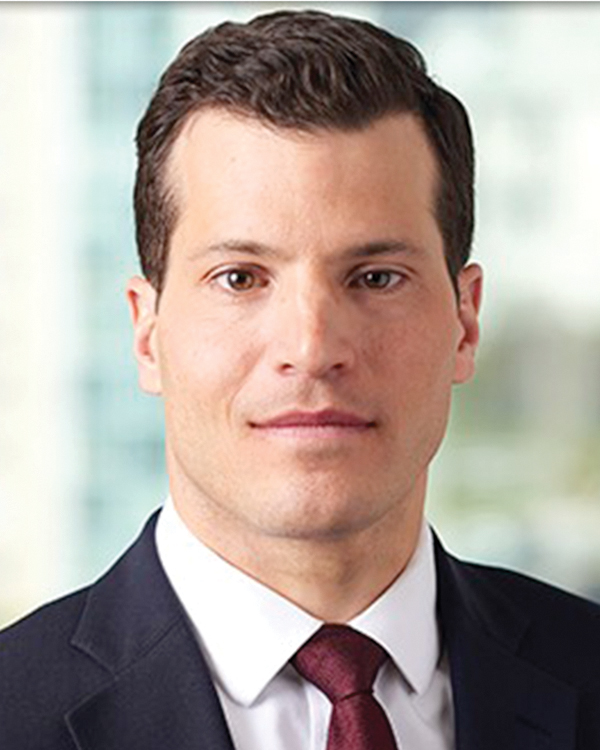
Hinckley Allen
The Trend Toward Mixed-use Development
If one leafs through any real estate trade journal or visits local retailers, it becomes apparent that traditional retail is changing. Developers and retailers share the desire to create projects that attract people on many levels – to relax in interesting open spaces, to dine, to exercise, to live, to work, and to shop. This is often referred to as “place-making,” and it often involves transforming an existing single-focused property into a vibrant community involving a mix of uses.
Many of these projects center on re-imagining how areas that already hold retail space can better serve the community. This was the case for one of the most significant and complex mixed-use redevelopment projects in New England, in which our firm successfully represented the developer. This project involved “de-malling” a traditional enclosed mall and constructing several new buildings to create a true live-work-play neighborhood comprised of office, retail, residential, and hotel uses. We guided the developer throughout, which included due diligence analysis, negotiating and drafting retail leases with premier retail tenants, negotiating a sophisticated joint venture with an equity partner, securing construction financing, and creating a sophisticated condominium structure to allow the project’s units to be separately owned and financed.
Formulating a Plan with the Developer
At the start of a project, it is incumbent upon lead counsel to understand existing conditions and the developer’s goals and aspirations with respect to the property, to identify any impediments to achieving those goals, and to then devise and implement a strategy to mitigate or remove those impediments.
This is the moment at which the development team and counsel should discuss the proposed project in person rather than through email or conference calls. This allows reviewing the site plan together. The insights, ideas, and robust discussion that arise during this kind of initial meeting will uncover issues, unlock ideas, and ensure that the entire team is working toward fulfilling the developer’s vision. Following this meeting, generate a project work plan for the legal segment of the work and a timeline that defines the tasks that will need to be completed. This ensures that the entire development team is on the same page as to what needs to be done. It also helps developers establish budgets for the project. A strong understanding of baseline and necessary steps to a successful project will also help the development team navigate the inevitable twists and turns along the way.
Knowing What You Are Up Against
Now that clear expectations and goals have been mutually determined, it is the attorney’s responsibility to understand the realities of existing conditions. This involves digging deep into title, survey, zoning, and any existing leases to identify any potential impediments to the redevelopment goals.
For example, in one development project, I identified a use restriction of record that the parties thought had long since been resolved but which had not been. This issue would have precluded the anticipated anchor tenant from operating in the development for its intended use, and it required significant lead time to resolve. Other issues that often arise involve identifying the location of utilities and other easements that will need to be relocated in order to accommodate the location of new buildings, and identifying no-build areas, parking ratio requirements, and similar limitations on changing the common areas of an existing development.
In addition, exclusive uses and prohibited uses in existing leases need to be identified and in some cases modified, in order to accommodate the new kinds of uses that will be part of a successful mixed-use development. It is not uncommon for a savvy retailer to have included in an existing lease affecting the property, that the property will always be used for “first class retail uses.” It begs the question of what “retail” means, especially in a mixed-use development. Does it include entertainment uses such as bowling alleys or cinemas, or the now common “retail office” uses such as walk-in clinics, tax services, investment offices, real estate offices, and dental uses?
All of these limitations need to be identified, and then a strategy for resolving them needs to be formulated and executed. I encourage developers to get ahead of these kinds of issues because they will almost invariably be discovered by equity partners, lenders, and larger tenants through their own due diligence. When the development team can anticipate equity partner and lender concerns, put a plan in place to resolve them, and then present the issue and the proposed resolution to the lender or equity partner, it shows that the development team is experienced, trustworthy, and on top of things. Taking this approach also avoids the increased costs when a project becomes stalled because a lender or equity partner raises an issue that the developer has not anticipated.
The above is just the first step in a successful mixed-use development or re-development project. Stay tuned for further information on building necessary contingencies into new project leases, subdivision and condominium solutions, joint venture considerations, construction loan issues, and other topics of interest to developers as they embark upon mixed-use development projects.
John Pariseault is a partner in Hinckley Allen’s Real Estate practice group based in Boston and Providence. He is also
co-chair of Hinckley Allen’s retail practice group.








